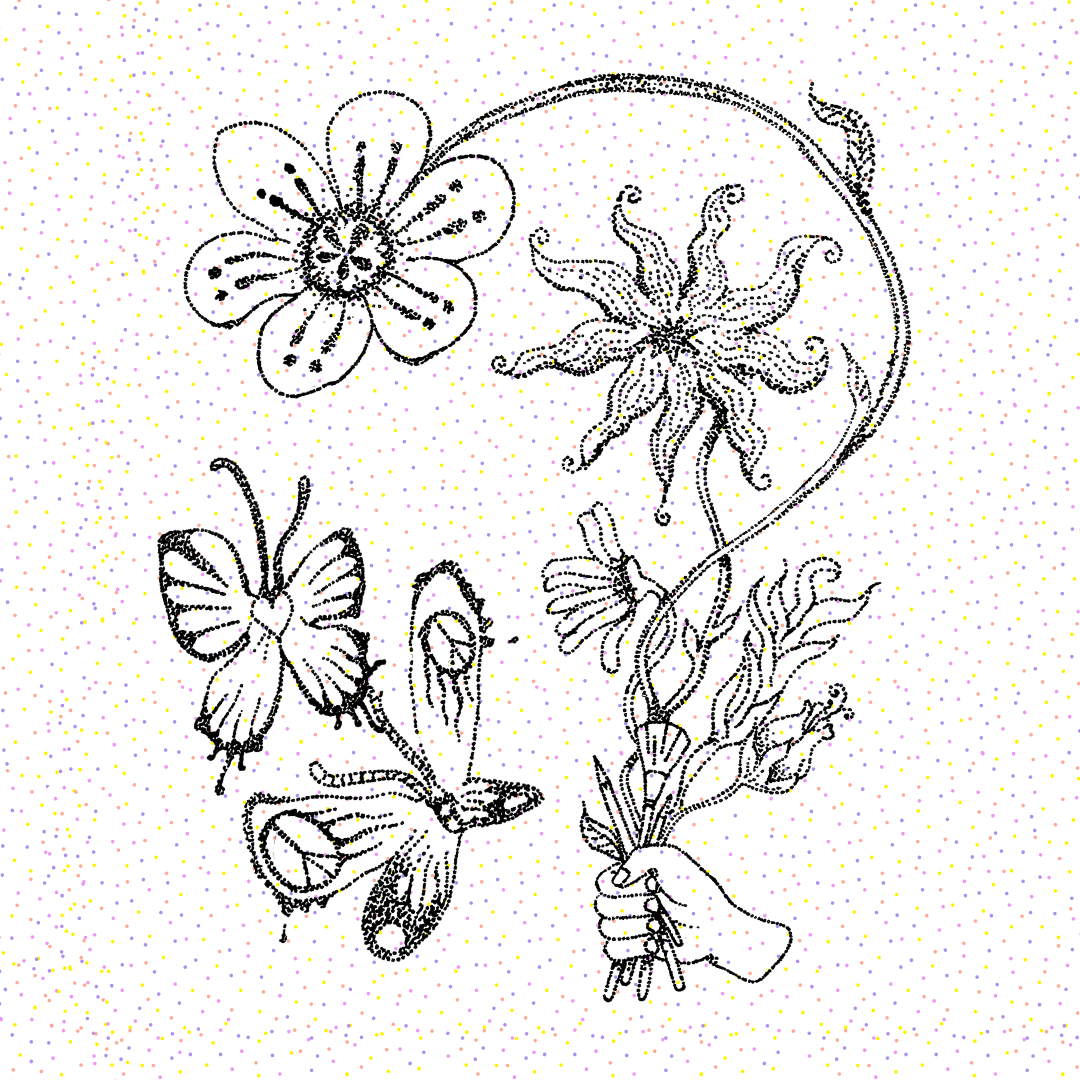Call for Artists: The Art of Living Black Exhibition
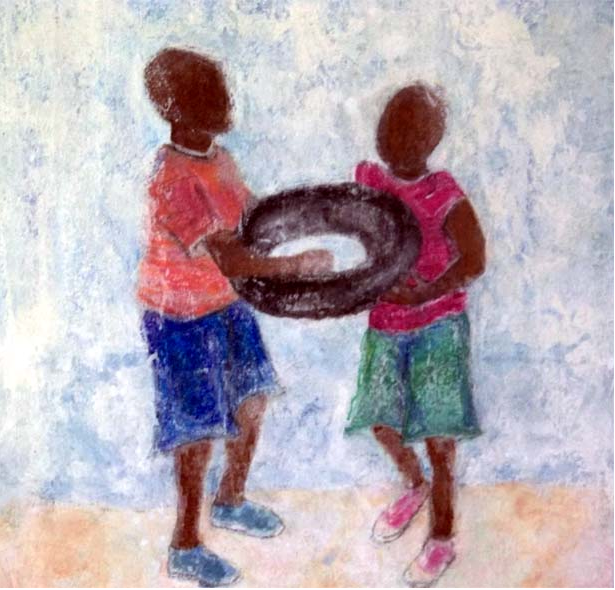
The Art of Living Black is seeking Bay Area artists of African American descent to participate in the 19th Annual The Art of Living Black exhibition to be held at the Richmond Art Center from January 10 – February 27, 2015. This non-juried exhibition is open to Bay Area artists of African American descent. Deadlines […]
The Benefits of STEAM in K-12 Education
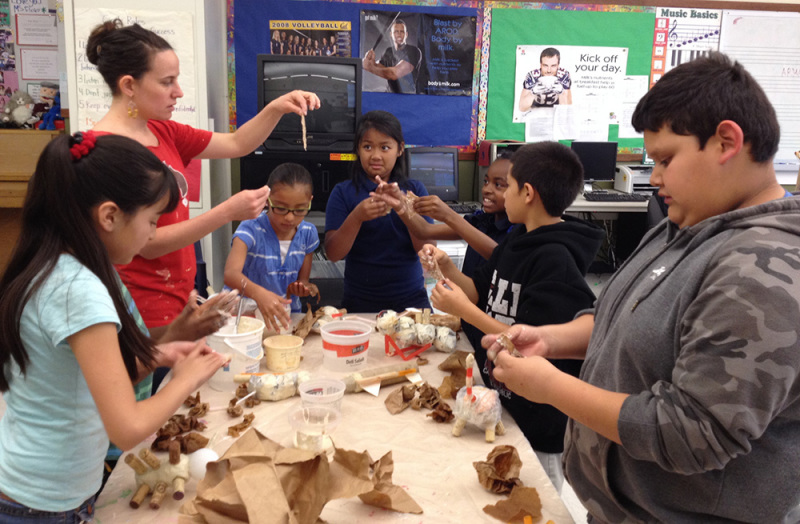
Great article in the NY Times that talks about the huge benefits of using art as a teaching tool. We firmly believe that STEAM (science, technology, engineering, ART, match) and arts integration are crucial in K-12 education. Using art as a tool to teach students about the STEM subjects, ensures that creativity doesn’t fall by […]
East Bay Monthly: Juan Fuentes Work on the Cover
The Monthly | November 2014
Superheroes and Princesses Make Art During Skeletonfest

More than 300 people from all across Richmond and the East Bay, including superheroes, witches, princesses and bumblebees, came to make art and celebrate the multicultural traditions of Halloween and Day of the Dead at Skeletonfest on Saturday, Oct 25, 2014. The Richmond Art Center first hosted Skeletonfest in 2009 and it’s been a wildly […]
Meet Sue, an Art in the Community Hero
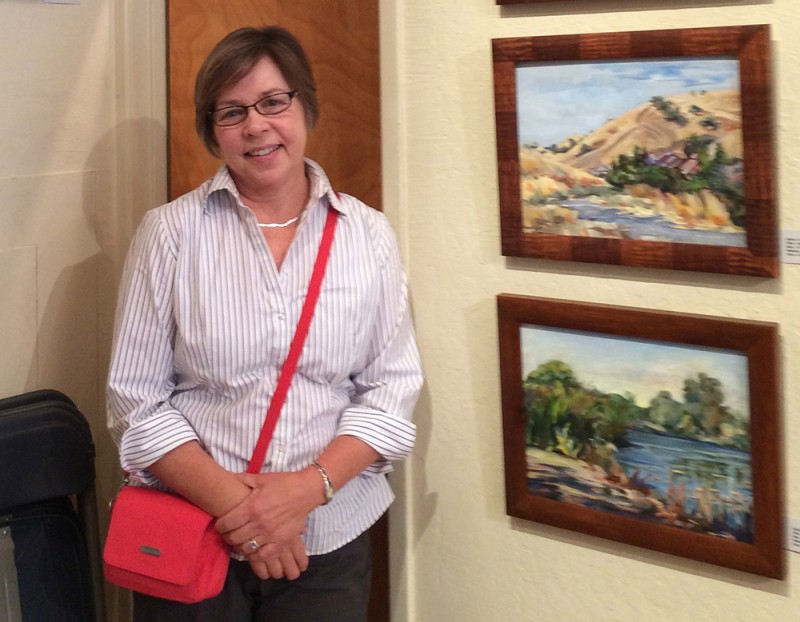
Sue Collins Art in the Community Program Volunteer since 2013 What do you like most about Richmond Art Center? “The people. I just love the Education Department. I attended the Upcycle event last year and was just so impressed by how friendly everyone is and how thoughtful they are about the types of activities they […]
Radio Free Richmond: Art in the everyday: the Richmond Art Center’s mission to make everyone an artist
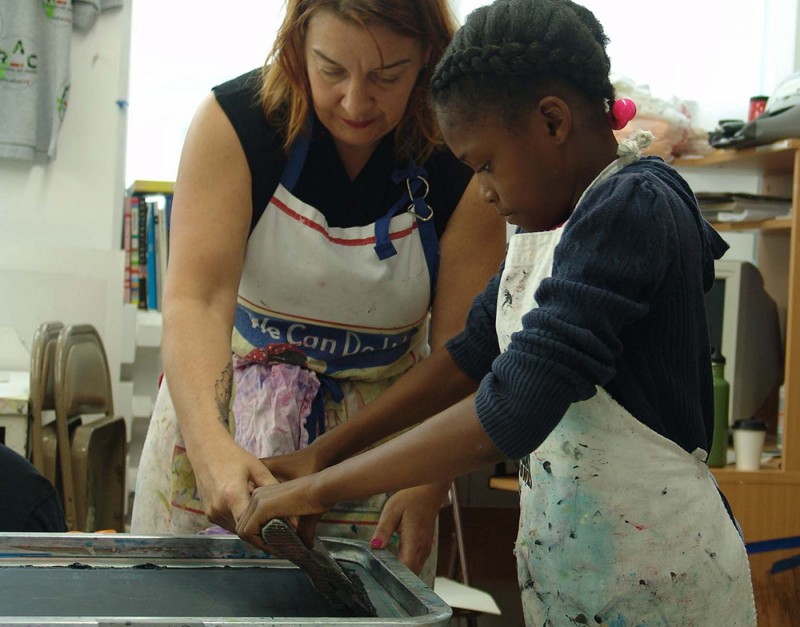
Radio Free Richmond • October 16, 2014
East Bay Monthly: Bay Area Figuration and More in Four RAC Shows
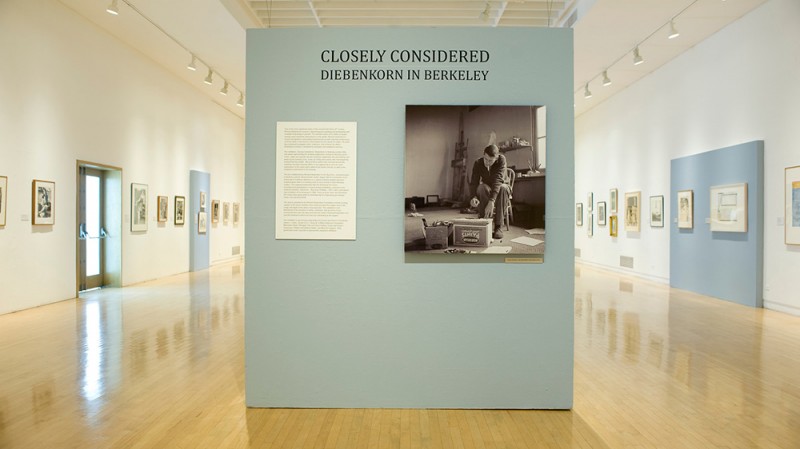
The Monthly • October 2014
Richmond Confidential: Art Center provides a blank canvas for community creativity and learning
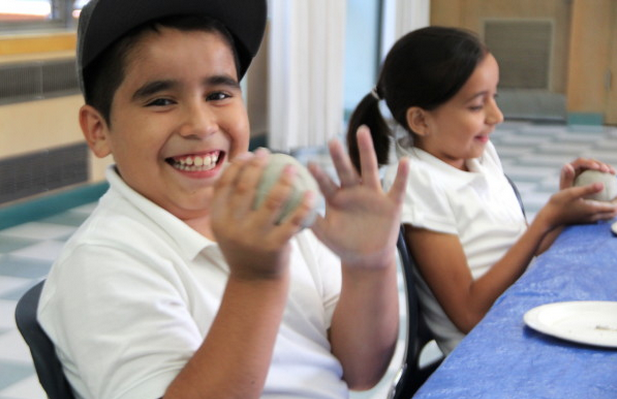
Richmond Confidential • October 2, 2014
Annual Holiday Arts Festival Takes Sabbatical for 2014
The Richmond Art Center has announced that its annual Holiday Arts Festival is taking a sabbatical for 2014. “Organizing this annual community event is a labor of love and one that we all look forward to each year, but as a nonprofit and the largest visual arts center in the East Bay, we are often […]
Meet our Volunteers: Gene and Roger
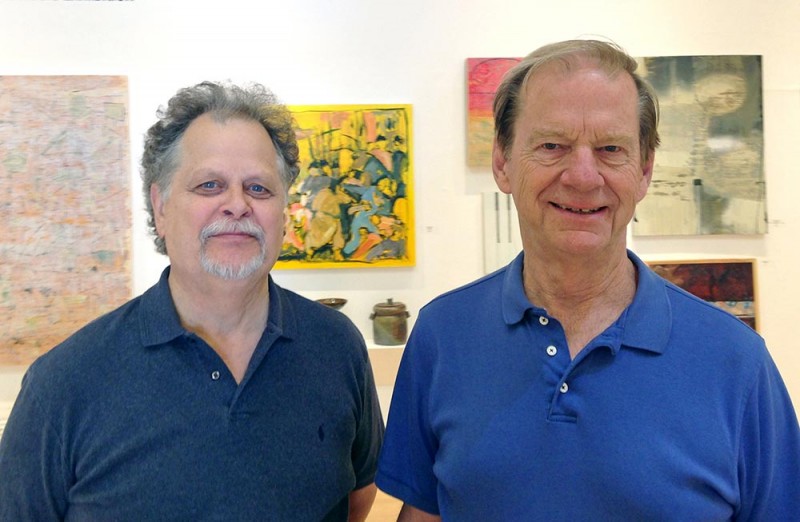
Gene Erickson and Roger Smith Exhibitions Installation and Logistics Volunteers How long have you been volunteering at Richmond Art Center? Gene: Since moving up to the East Bay in 2006! What do you like most about volunteering here? Roger: Everyone here has a sense of what a special resource the Center is for the community and […]

